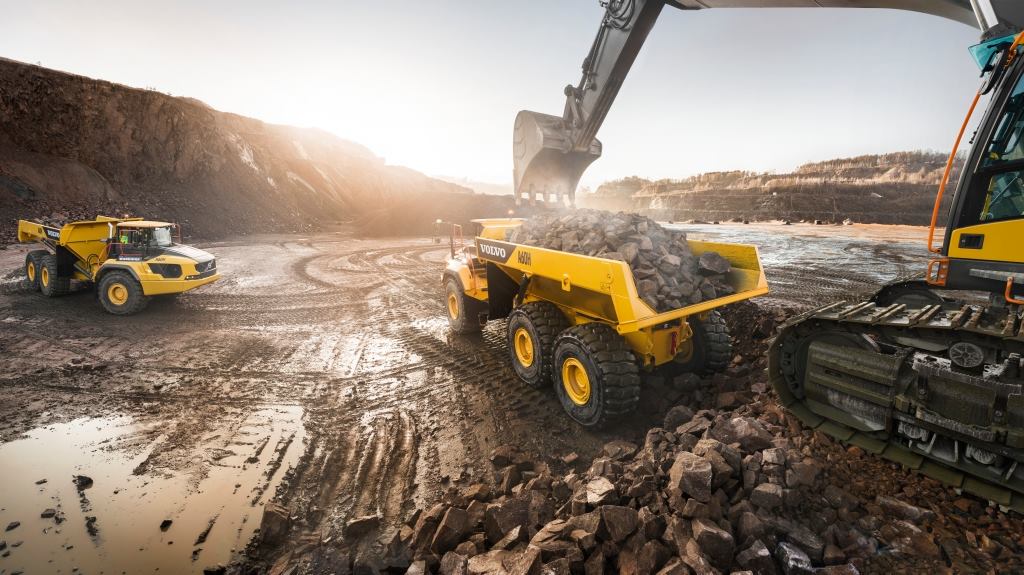Volvo CE Adopts 3D Printing for Spare Parts and Prototyping

Volvo Construction Equipment (Volvo CE) is one of the largest companies in the construction equipment industry, with more than 14,000 employees worldwide. The company’s values center around sustainability and innovation, and it has developed several forward-thinking concepts like electric, hybrid and autonomous construction vehicles. Now Volvo CE is focusing on another area of innovation: 3D printing. The company is now using the technology to create spare parts for customers, speeding delivery and reducing inventory.
Already put to use in the operations of Volvo Trucks, additive manufacturing allows for the on-demand creation of spare and replacement parts, a benefit increasingly coming into focus for many OEMs and suppliers in the automotive industry.
“We are supporting customers through the life cycle of their equipment. It’s especially good for older machines where the parts that have worn out are no longer made efficiently in traditional production methods,” said Jasenko Lagumdzija, Manager of Business Support at Volvo CE. “Producing new parts by 3D printing cuts down on time and costs, so it’s an efficient way of helping customers.”
“Lead-times are significantly reduced with 3D printing and since there are no minimum order quantity requirements, we benefit from quicker delivery of parts, lower inventory levels in our warehouses and an improved ability to balance supply and demand,” added Daniel Kalfholm, Project Leader for Aftermarket Purchasing for Volvo CE’s EMEA region. “And it can all be carried out [at] a purchase price that is comparable to that of a traditionally manufactured component.”
For its aftermarket service, Volvo CE is commissioning the 3D printing of plastic spare parts that will be sent to customers whose original parts have worn out. Parts can be made in any shape and size, and for any unit in Volvo’s range of off-road machinery. Parts 3D printed so far include parts of a cabin, plastic coverings, and sections of air conditioning units. Volvo CE has its own archive of drawings, 3D models and product information for 3D printing the new parts.
“The customer is getting exactly the same part in replacing plastic with plastic. We do a lot of quality assurance – the 3D parts have the same specifications and go through the same process as the original, and get the same warranty, so customers can be confident they are getting a genuine Volvo approved part,” Aftermarket Branding Manager at Volvo CE Annike Fries said.
Volvo CE may also offer metal 3D printed parts in the future. The company is using the technology for more than just spare parts, too – it is also using it to create new components for prototype machinery. Volvo CE already has several 3D printers for this purpose at its research and development premises.
“As we only need to produce low volumes of parts for prototyping, it’s a good way to see what works. We have a lot of knowledge and we can make changes quickly and easily with 3D printing,” said Fredrick Andersson, Development Engineer for Wheel Loaders Powertrain Installation at Volvo CE. “And because of this, it means that the time to market for a new product is quicker, so it’s of great benefit to our company.”
As Volvo CE is already using 3D printing for both prototyping and end-use parts, it won’t be a surprise if its use of the technology expands to include full production at some point. Volvo CE is a company focused on the future, and 3D printing can certainly help it to get there.
This article was sourced by 3DPrint

